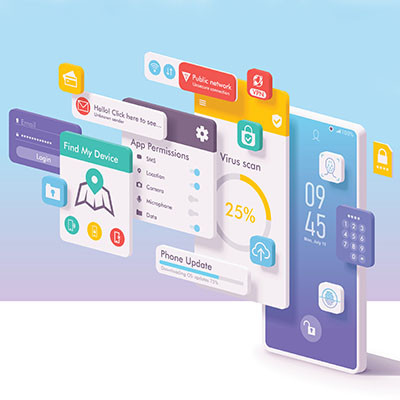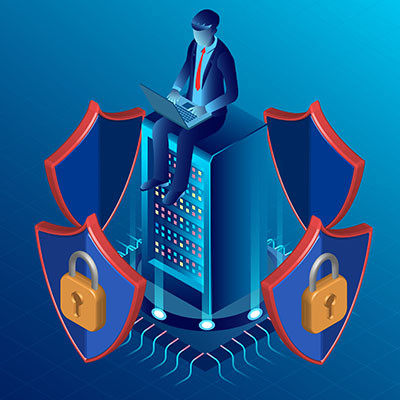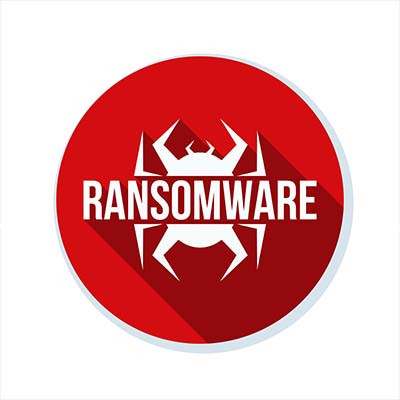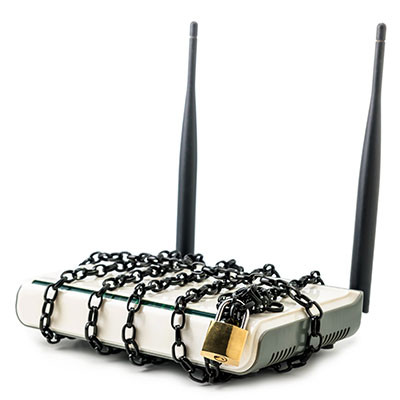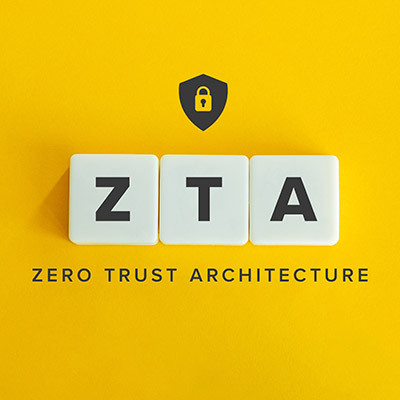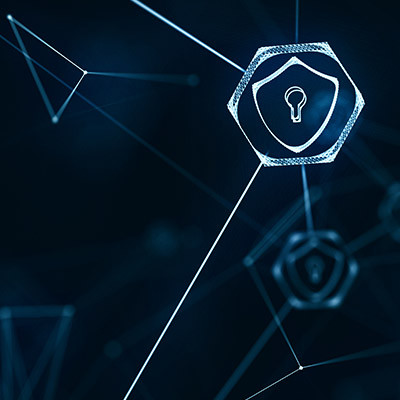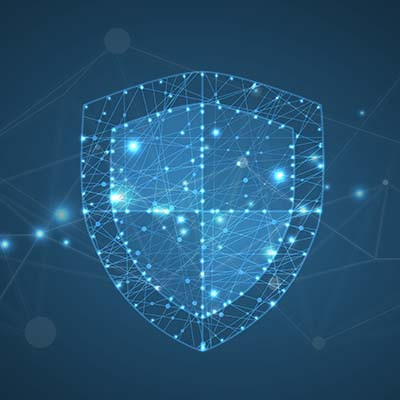JS Business Solutions Blog
When it comes to mobile devices, you have a fine line to tread with security. On one hand, you want to make sure your devices are protected properly from all manners of threats. On the other, you need to balance this with productivity, and ensuring that your employees don’t feel overly restricted by your policies. To help you implement appropriate mobile device security practices, we’ve put together three of the top issues you should plan for and how you can address them.
Have you ever thought about protecting a specific file or folder on your computer? You could always hide the file, but this isn’t doing much to protect it from anyone who has access to your computer and its settings. Sometimes it takes a stronger approach. Windows has some basic file encryption functionality built into it, so let’s go over how you can use it to protect a specific file or folder on your computer!
Millions of people find themselves sitting in front of a computer moving files around and corresponding with people over the phone, through email, or updating info in the company’s line of business app. What many of them don’t know, however, is that, at any time, they are only a couple of clicks away from causing major problems for their company. Therefore, it is extremely important to train your staff on what to look for and how to address those situations when they do arise.
Cybercrime is often thought of as a loner’s game. There is this misconception that all hacks are carried out by hoodie-clad people in dark corners of a room. Nothing could be further from the truth. Today, we will take a brief look at organized cybercrime and why its growth is an ominous sign for businesses.
Your wireless routers do a lot of heavy lifting, and give a lot of devices access to the rest of your network. Protecting your personal and business data is extremely important, and if you can secure your router it can go a long way toward tightening up your network’s security. Let’s take a look at a couple of practices that work to keep your wireless Internet secure.
A major concern for your business is protecting the credit card data you collect from your customers and clients, but you also need to ensure that the company credit card you use to make purchases is secure. Here are some tips, tricks, and best practices you can use to keep this incredibly important asset safe and secure.
Technology drives almost everything in modern society, so it’s not a surprise to see hackers being represented in the entertainment we consume. They don’t always get it right, however. In fact, most of the computing constructs demonstrated in entertainment don’t actually exist in real life. This week, we thought we’d briefly discuss the differences between hackers in real life and the ones consistently represented in today’s movies and TV.
Cybersecurity is anything but a new concept, and if recent and current events are any indication, the concept isn’t going anywhere anytime soon. Let’s take a few moments to consider some of the bigger threats currently out there, and how they will influence the threats we see going forward from here.
It’s often difficult to figure out who and what you should trust with your business’ cybersecurity. How can you know for sure that each individual accessing your infrastructure is secured from threats? A zero-trust model can help by providing reassurance that everyone accessing your network is who they say they are.
If your business struggles with network security, you’re not alone. It’s one of the most challenging parts of running a business, and even if you do invest a ton of time, effort, and money into your security systems, chances are you could still be doing at least something better. Today, we want to talk about three ways you can improve your company’s security without completely draining your bank account.
News flash, cybersecurity is pretty important, and the Internet is chock-full of threats that you need to take seriously. However, with today’s youth practically growing up connected to the Internet, it becomes even more important than ever to ensure that they are aware of cybersecurity best practices early in their lives. To this end, Google has created a platform called the Be Internet Awesome initiative.
Cybersecurity is an incredibly important part of any business, but there are slight differences in various terms that can make for huge misunderstandings. For example, the average office worker might hear of “data breaches” and imagine they are “security incidents.” They might not technically be wrong, but the two terms aren’t exactly the same, either. Let’s examine the definitions and provide some clarity on these terms.
Sometimes you might be browsing the Internet and come across an advertisement for free downloads of Windows applications. Obviously, this is too good to be true, and hackers tend to exploit advertisements to spread their influence across devices. Malvertising is used to deliver various types of threats, all of which can cause considerable harm to unprepared businesses.
Certain methods used by hackers are more effective than others, and it’s largely in part due to these methods working around and subverting popular security measures. They might take on the look of a legitimate email or web source, like social media, in an attempt to convince the user that it is indeed a message they can trust. The latest in this type of hacking attack includes Google Docs.
The Internet of Things grows larger with every passing day, and with so many connected devices with Internet functionality entering the world, one has to wonder how this impacts cybersecurity. Let’s take a look at what could potentially be changing as the Internet of Things expands its borders and scope.
Ransomware is a top threat, and it’s definitely not going anywhere anytime soon. To help you best combat it, let’s take a look at what you can do to keep ransomware from disrupting your organization and its operations. We’ll provide a brief overview of what ransomware is and what you can do to take the fight to it.
Phishing attacks are nothing new in the business world, and they will almost certainly become more prevalent as time passes. Unfortunately, phishing attacks have adapted their practices to get around advancements in security technology, so businesses must work extra hard to spread awareness of phishing to their employees and train them appropriately.
If you look at all of the security-related headlines from the past year, what do you think the biggest trend is? Perhaps it was the plethora of large-scale ransomware campaigns that struck both individuals and businesses in spades. Even now, ransomware continues to make headlines by changing its tactics, with one of the more recent ones being in regards to fake ransomware.

